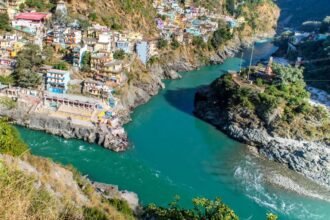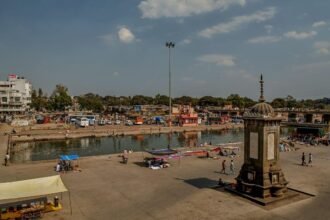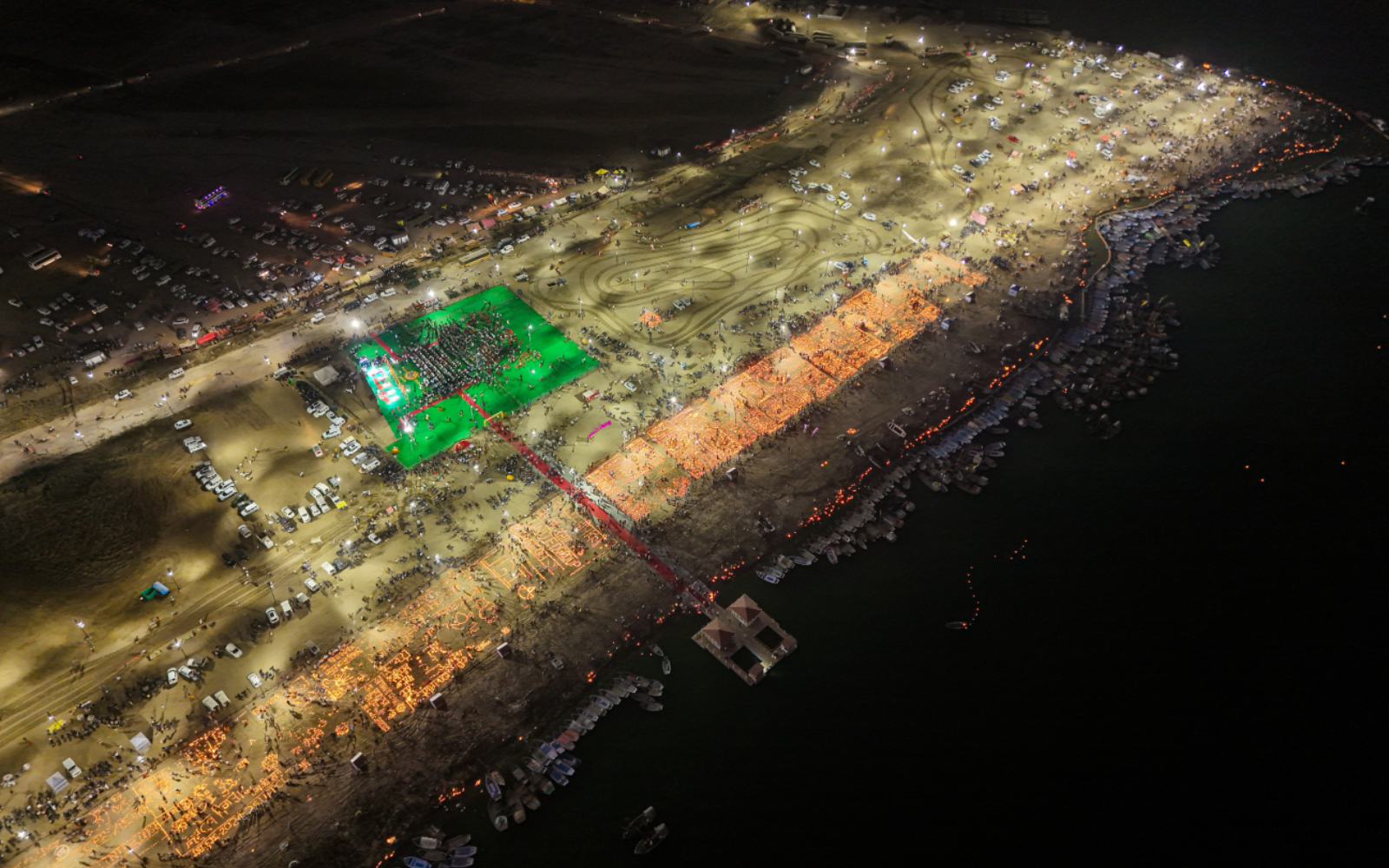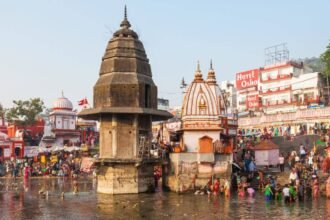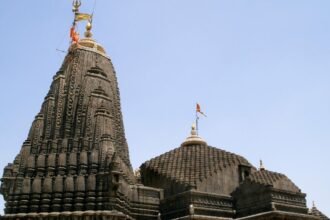Understanding the Difference Between Kumbh Mela and Maha Kumbh Mela: A Comprehensive Guide
The difference between Kumbh Mela and Maha Kumbh Mela is seen in their scale and significance as well as in their frequency. Both are well-known Hindu religious festivals that are enthusiastically observed and draw millions of devotees, saints, and tourists. Despite their great religious significance and connection to heavenly alignments, these occurrences differ in a few crucial ways.
Kumbh Mela: What is it?
Prayagraj, Haridwar, Nashik, and Ujjain are the four holy sites in India where the Kumbh Mela is celebrated. Smaller versions, such as the Ardh Kumbh, are conducted every six years, and it takes place at each of these locations every twelve years. Bathing in the sacred rivers, which is thought to atone for sins and provide emancipation (moksha), is the focal point of the celebration.
Based on particular astronomical alignments involving the Sun, Moon, and Jupiter, the Kumbh Mela is held in four different places on a rotating basis.
Also Read : Kumbh Mela in India: When, Where, and Why It’s Celebrated
The Maha Kumbh Mela: What is it?
In contrast, the Maha Kumbh Mela is a more significant and uncommon form of the Kumbh Mela. Only at Prayagraj (formerly Allahabad), at the Triveni Sangam—the meeting point of the Yamuna, Ganges, and the fabled Saraswati rivers—is it celebrated. For the majority of people, the Maha Kumbh Mela is a once-in-a-lifetime experience because it happens every 144 years as opposed to the Kumbh Mela’s 12 years.
In Hinduism, this special celebration is regarded as the apex of religious assemblies and attracts even bigger numbers.
Important Distinctions Between the Kumbh Mela and Maha Kumbh Mela
1. Frequency:
Kumbh Mela: Takes place at each of the four locations every 12 years.
Maha Kumbh Mela: Every 144 years, Prayagraj celebrates the Maha Kumbh Mela.
2. Scale:
Kumbh Mela: Although enormous, it is not as large as the Maha Kumbh Mela.
Maha Kumbh Mela: The biggest religious event, drawing millions more people than the Kumbh Mela
3. Location:
The Kumbh Mela: alternates between Prayagraj, Haridwar, Nashik, and Ujjain.
Maha Kumbh Mela: The takes place only at Prayagraj.
4. Astrological Significance:
Kumbh Mela: Based on the Sun, Moon, and Jupiter’s placements in particular zodiac signs.
Maha Kumbh Mela: Its exceptional significance is highlighted by the fact that the Maha Kumbh Mela involves a rare and unique cosmic alignment.
5. Cultural and Spiritual Weight:
Kumbh Mela: An essential component of Hindu society and customs.
Maha Kumbh Mela: The Maha Kumbh Mela is regarded as the pinnacle of religious fervour and faith.
These Festivals’ Spiritual Meaning
Devotees have the chance to partake in age-old customs, seek divine blessings, and atone for their sins at both the Kumbh Mela and Maha Kumbh Mela. One important rite at the Triveni Sangam is bathing, which is thought to cleanse the soul and link followers with cosmic energy.
However, because it is so uncommon, the Maha Kumbh Mela has a greater spiritual significance and is a life-changing event for those who are lucky enough to go.
Arranging Your Trip
Making the most of your experience at the Kumbh Mela or Maha Kumbh Mela requires meticulous planning. Here are some pointers:
Make reservations for lodging well in advance because millions of people attend these festivities.
Learn the dates of the auspicious bathing and the event itinerary.
Keep abreast of safety regulations and available modes of transportation to handle the dense crowds.


